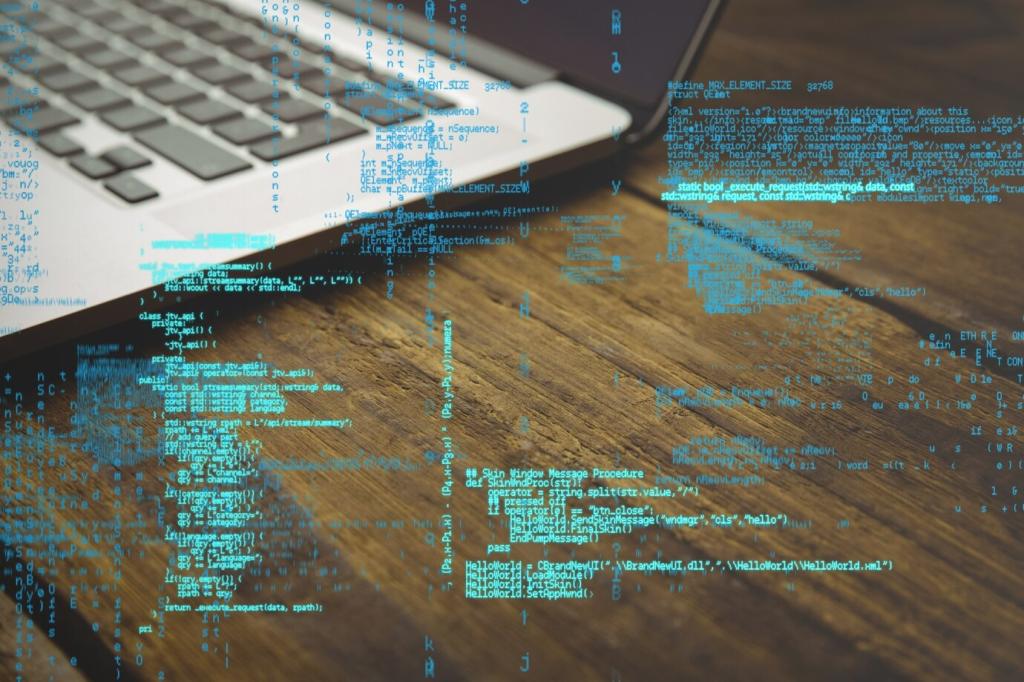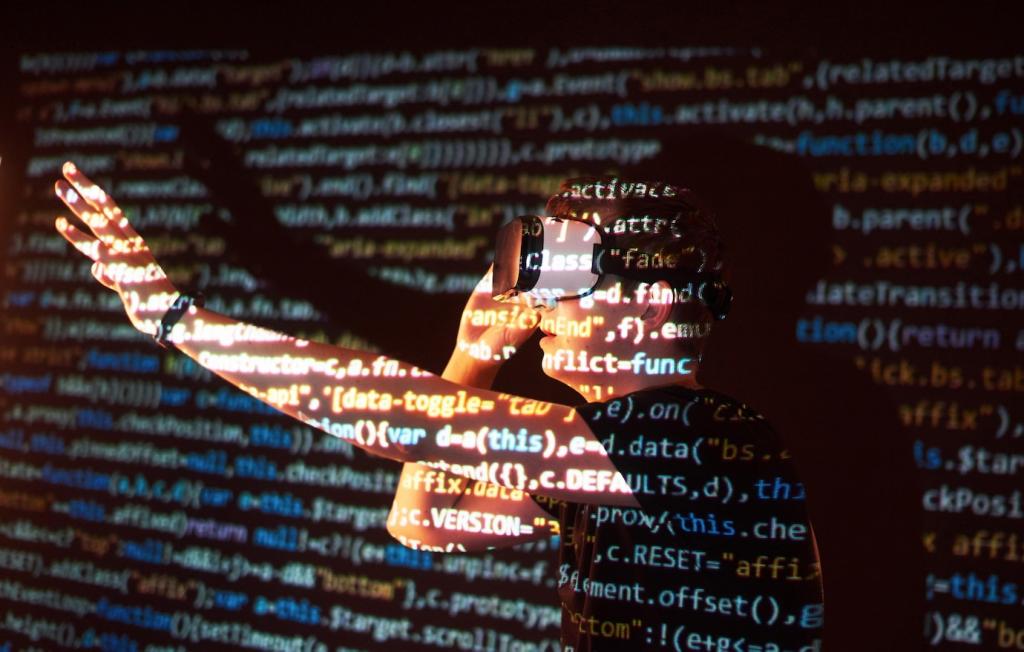
Revolutionizing Coding Education: Trends Shaping Tomorrow's Curriculum
Coding education is undergoing a transformative shift as emerging trends redefine how, what, and why we teach programming. Driven by technological advancements and changing workforce demands, tomorrow’s curriculum goes far beyond syntax memorization, fostering creativity, problem-solving, and adaptability. As schools and educators strive to keep pace with innovation, understanding these trends is essential for developing resilient, forward-thinking learners.
Personalized Learning in Coding Classrooms
Adaptive Technologies for Individual Growth
Leveraging artificial intelligence and machine learning, adaptive learning platforms analyze student performance in real-time and adjust lesson plans accordingly. These systems identify knowledge gaps and provide custom exercises, allowing learners to progress at their own pace. By eliminating the one-size-fits-all model, adaptive technologies increase student confidence, promote mastery, and help educators focus their support where it’s needed most. As these platforms become more sophisticated, they promise a future where every student’s coding journey is uniquely optimized.
Data-Driven Feedback for Continuous Improvement
Traditional assessment methods often leave learners in the dark about their progress. By contrast, data-driven feedback tools integrated into coding programs offer immediate, actionable insights based on students’ actual performance. These platforms track code quality, logical errors, and problem-solving patterns, enabling both learners and instructors to pinpoint areas for improvement. This continuous feedback loop not only accelerates learning but also cultivates self-reflection and resilience, key attributes for future-ready coders.
Project-Based Learning Tailored to Student Interests
Personalization in coding education increasingly involves project-based learning designed around the unique interests of each student. Rather than adhering to generic assignments, students are encouraged to pursue projects that align with their passions—be it game development, robotics, or web design. This fosters deeper engagement and a genuine love for learning, while simultaneously teaching practical, real-world coding skills. Educators serve as mentors, guiding students to set meaningful goals and solve authentic problems, thereby promoting autonomy and a sense of accomplishment.
Integration of Interdisciplinary Skills
Modern coding education emphasizes more than just technical proficiency; it positions code as a medium for creative expression. Students are tasked with projects that fuse art, storytelling, and design with programming concepts, inspiring them to approach problems from fresh perspectives. By crafting interactive experiences, digital art, or music through code, learners develop both technical skills and artistic sensibilities. This blend nurtures innovation, teaching students to harness technology as a tool to bring their unique visions to life.


Integrating Artificial Intelligence Learning
The inclusion of artificial intelligence in programming curricula is fundamentally shifting educational paradigms. Students now interact directly with AI-based coding assistants, experiment with machine learning frameworks, and create their own intelligent applications. By demystifying AI concepts early, educators empower learners to understand—and even contribute to—the technology shaping the world around them. This early exposure not only kindles interest but also readies students for emerging career paths where AI literacy is increasingly vital.

Exploring Virtual and Augmented Reality Applications
Virtual and augmented reality technologies are transforming the way coding is taught and experienced. By building immersive simulations or interactive environments, students can visualize abstract algorithms, debug in real-time 3D spaces, and prototype innovative solutions for real-world problems. The hands-on, experiential nature of VR and AR learning motivates students, making complex concepts tangible and exciting. These tools encourage creativity and collaboration while providing a preview of future opportunities in fields such as game development, education, and healthcare.
